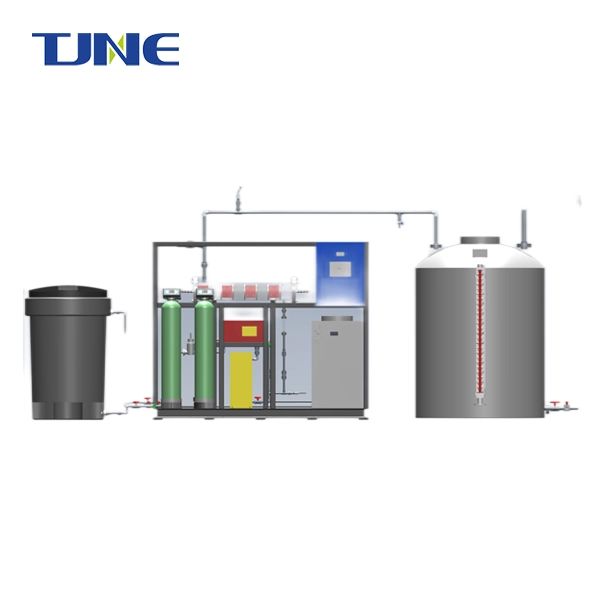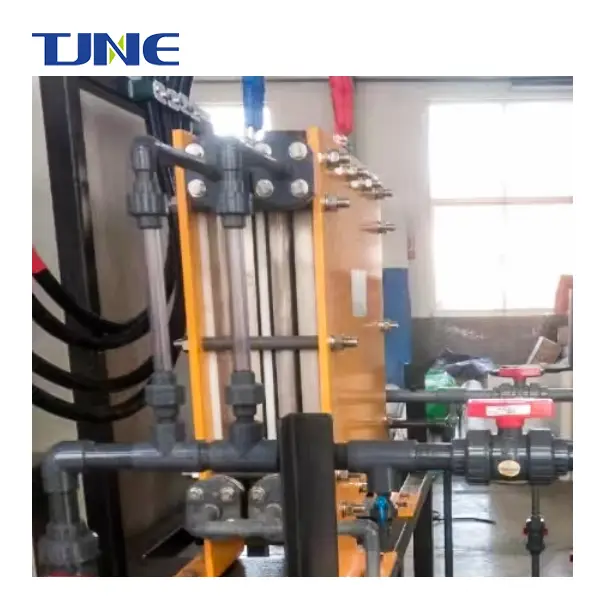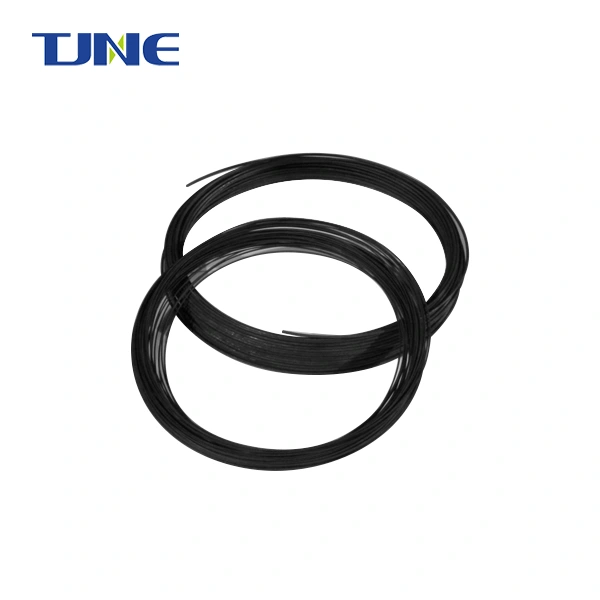- English
- French
- German
- Portuguese
- Spanish
- Russian
- Japanese
- Korean
- Arabic
- Greek
- German
- Turkish
- Italian
- Danish
- Romanian
- Indonesian
- Czech
- Afrikaans
- Swedish
- Polish
- Basque
- Catalan
- Esperanto
- Hindi
- Lao
- Albanian
- Amharic
- Armenian
- Azerbaijani
- Belarusian
- Bengali
- Bosnian
- Bulgarian
- Cebuano
- Chichewa
- Corsican
- Croatian
- Dutch
- Estonian
- Filipino
- Finnish
- Frisian
- Galician
- Georgian
- Gujarati
- Haitian
- Hausa
- Hawaiian
- Hebrew
- Hmong
- Hungarian
- Icelandic
- Igbo
- Javanese
- Kannada
- Kazakh
- Khmer
- Kurdish
- Kyrgyz
- Latin
- Latvian
- Lithuanian
- Luxembou..
- Macedonian
- Malagasy
- Malay
- Malayalam
- Maltese
- Maori
- Marathi
- Mongolian
- Burmese
- Nepali
- Norwegian
- Pashto
- Persian
- Punjabi
- Serbian
- Sesotho
- Sinhala
- Slovak
- Slovenian
- Somali
- Samoan
- Scots Gaelic
- Shona
- Sindhi
- Sundanese
- Swahili
- Tajik
- Tamil
- Telugu
- Thai
- Ukrainian
- Urdu
- Uzbek
- Vietnamese
- Welsh
- Xhosa
- Yiddish
- Yoruba
- Zulu
Chlorine electrolysis cells are innovative devices that have revolutionized water treatment and sanitation processes. These systems use electrolysis to produce chlorine directly from salt water, offering a safer and more efficient alternative to traditional chlorine handling methods. By understanding the principles behind chlorine electrolysis cells, we can appreciate their significance in various applications, from swimming pool maintenance to industrial water treatment.
What are the main components of a chlorine electrolysis system?
A chlorine electrolysis system consists of several key components that work together to produce chlorine through electrolysis. Understanding these components is crucial to grasping the overall operation of the system.
The heart is a chlorine electrolysis cell containing two electrodes: an anode and a cathode. These electrodes are typically made of materials that can withstand the corrosive nature of the electrolysis process, such as titanium coated with precious metals like ruthenium or iridium.
The power supply unit is another essential component. It provides the direct current (DC) necessary to drive the electrolysis reaction. Modern chlorine electrolysis cell often use switch-mode power supplies, which offer improved efficiency and control over the electrolysis process.
A salt feeder or brine tank is used to supply the saltwater solution (brine) to the electrolytic cell. The concentration of salt in this solution is carefully controlled to optimize chlorine production and energy efficiency.
Control systems and sensors play a vital role in monitoring and regulating the operation of the chlorine electrolysis cell. These may include pH sensors, chlorine level detectors, and flow meters to ensure the system operates within the desired parameters.
Safety features are also integral components in the system. These may include emergency shut-off systems, gas detectors, and ventilation systems to manage any potential chlorine gas leaks.
Lastly, the system includes piping and valves for the distribution of the produced chlorine solution. In some cases, a chlorine storage tank may be incorporated to hold the generated chlorine until it's needed for use.
Understanding these components and their functions is essential for anyone working with or maintaining chlorine generator electrolyzers. Each part plays a crucial role in the safe and efficient production of chlorine, and proper maintenance of these components ensures the longevity and reliability of the system.
How does the electrolysis process work in a chlorine generator?
The electrolysis process in a chlorine generator is a fascinating application of electrochemistry that converts common salt (sodium chloride) into chlorine gas and other useful byproducts. This process is at the core of how chlorine electrolysis cell operate.
The process begins with the preparation of a saltwater solution, typically with a concentration of about 3% sodium chloride. This solution is fed into the electrolysis cell, where the magic happens.
When an electric current is passed through the brine solution, it triggers a series of electrochemical reactions. At the anode (positively charged electrode), chloride ions (Cl-) from the salt are oxidized, losing electrons to form chlorine gas (Cl2). The reaction at the anode can be represented as:
2Cl- → Cl2 + 2e-
Simultaneously, at the cathode (negatively charged electrode), water molecules are reduced, gaining electrons to form hydrogen gas (H2) and hydroxide ions (OH-). The cathode reaction can be written as:
2H2O + 2e- → H2 + 2OH-
The overall reaction in the cell combines these two half-reactions:
NaCl + H2O → H2 + NaClO
This reaction produces hydrogen gas at the cathode, and sodium hypochlorite in the solution.
The chlorine gas produced at the anode is typically dissolved immediately into the water flowing through the cell, forming hypochlorous acid (HOCl) and hypochlorite ions (OCl-), which are the active sanitizing agents in chlorinated water.
The efficiency of this process depends on several factors, including the concentration of the salt solution, the temperature, the pH of the solution, and the applied voltage. Modern chlorine electrolysis cell are equipped with sophisticated control systems that monitor and adjust these parameters to optimize chlorine production.
One of the advantages of this process is its ability to produce chlorine on-demand, eliminating the need for storing large quantities of hazardous chlorine gas or liquid. Additionally, the byproducts of the reaction, hydrogen gas and sodium hypochlorite, can be useful in their own right. Hydrogen can be used as a clean fuel source, while sodium hypochlorite has numerous industrial applications.
Understanding the electrolysis process in a chlorine electrolysis cell is crucial for optimizing its operation and troubleshooting any issues that may arise. It's a prime example of how fundamental principles of chemistry can be applied to solve practical problems in water treatment and sanitization.
What are the advantages and disadvantages of using a chlorine electrolysis cell?
Chlorine eletrolysis cell have gained popularity in various applications, from swimming pool maintenance to industrial water treatment. However, like any technology, they come with their own set of advantages and disadvantages. Understanding these can help in making informed decisions about their use and implementation.
Advantages:
1. On-site chlorine production: One of the most significant advantages of chlorine electrolysis cell is their ability to produce chlorine on-site. This eliminates the need for storing and handling large quantities of hazardous chlorine, reducing safety risks and storage costs.
2. Cost-effective in the long run: While the initial investment may be higher, chlorine electrolysis cell can be more cost-effective over time. They require only salt, water, and electricity to operate, which are generally less expensive than purchasing and transporting chlorine.
3. Environmentally friendly: The process reduces the carbon footprint associated with chlorine transportation and packaging. Additionally, it eliminates the need for chlorine containers, reducing plastic waste.
4. Improved water quality: The chlorine produced by electrolysis is pure and free from the by-products often found in commercial chlorine products. This can lead to better water quality and reduced irritation for swimmers in pool applications.
5. Automatic operation: Most modern chlorine electrolysis cell are automated, requiring minimal manual intervention. This can save time and reduce the potential for human error in chlorine dosing.
6. Safer handling: As the system produces chlorine as needed, there's no need to handle or store large amounts of chlorine, reducing the risk of accidents or exposure.
7. Consistent chlorine levels: These systems can maintain more consistent chlorine levels in the water, providing more effective and reliable sanitization.
Disadvantages:
1. High initial cost: The upfront cost of purchasing and installing a chlorine electrolysis system can be significant, which may be a barrier for some potential users.
2. Regular maintenance required: While generally low-maintenance, these systems do require regular cleaning and occasional replacement of components like the electrolytic cell to maintain efficiency.
3. Salt content in water: The process increases the salt content of the water, which may not be desirable in all applications. In swimming pools, this can lead to corrosion of metal components if not properly managed.
4. Energy consumption: Chlorine electrolysis cell require electricity to operate, which adds to energy costs and may not be ideal in areas with unreliable power supply.
5. pH fluctuations: The electrolysis process can cause fluctuations in water pH, requiring more frequent monitoring and adjustment.
6. Limited effectiveness in cold water: The efficiency of chlorine generation decreases in colder water, which can be a problem in outdoor applications in colder climates.
7. Potential for hydrogen gas buildup: If not properly ventilated, there's a risk of hydrogen gas buildup, which can be a safety hazard.
8. Regulatory compliance: In some jurisdictions, there may be specific regulations governing the use of on-site chlorine generation, which can add complexity to implementation.
9. Dependence on salt quality: The performance of the system can be affected by the quality and purity of the salt used, requiring careful sourcing of materials.
When considering the use of a chlorine electrolysis system, it's important to weigh these advantages and disadvantages in the context of the specific application. For many users, the benefits of on-site chlorine production, improved safety, and long-term cost savings outweigh the drawbacks. However, factors such as initial budget, water chemistry, and specific sanitization needs should all be carefully considered.
In conclusion, chlorine electrolysis cell represent a significant advancement in water treatment technology. By harnessing the power of electrolysis, these systems offer a safer, more efficient, and often more cost-effective method of chlorine production compared to traditional approaches. While they come with their own set of challenges, the advantages they offer in terms of safety, environmental impact, and operational efficiency make them an attractive option for many applications. As technology continues to advance, we can expect further improvements in the design and efficiency of these systems, potentially addressing some of the current limitations and expanding their applicability across various industries.
If you are interested in the products of Xi'an Taijin New Energy Technology Co., Ltd., please contact yangbo@tjanode.com.
References:
1. World Health Organization. (2014). "Water treatment and pathogen control: Process efficiency in achieving safe drinking water."
2. American Chemistry Council. (2022). "Chlorine Production."
3. Pool & Spa News. (2023). "The Pros and Cons of Salt Chlorination Systems."
4. Journal of Water Process Engineering. (2021). "Advances in electrochemical technologies for water and wastewater treatment."
5. Environmental Science & Technology. (2020). "Electrochemical Water Treatment: A Review of the State-of-the-Art."
6. Chemical Engineering Journal. (2022). "Recent advances in electrochemical chlorine generation for water treatment."
7. Water Research. (2019). "Electrochemical disinfection: From laboratory studies to applications."
8. International Journal of Environmental Research and Public Health. (2021). "Salt Chlorinators for Swimming Pool Disinfection: A Review."
9. Desalination and Water Treatment. (2018). "Electrochlorination: A Review of the Current State of Knowledge."
10. Journal of Environmental Management. (2023). "Comparative life cycle assessment of conventional chlorination and on-site electrochlorination for water treatment."












